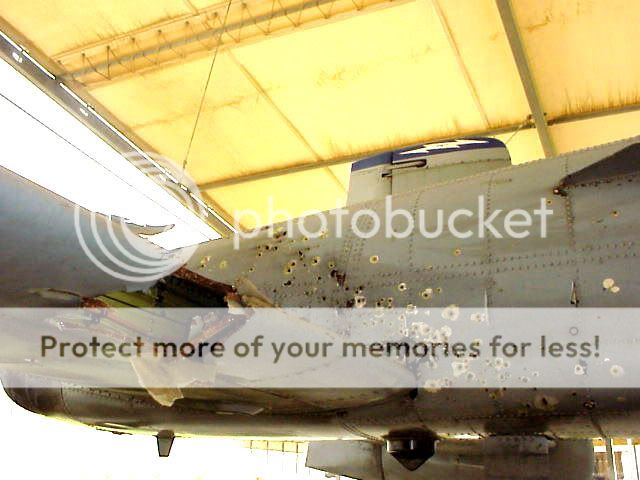- Joined
- Nov 11, 2013
- Messages
- 33,522
- Reaction score
- 10,826
- Location
- Between Athens and Jerusalem
- Gender
- Male
- Political Leaning
- Conservative
The F35 is by far the superior aircraft, and when production costs are factored in its about the cost of the super hornet with significant performance superiority.
I love the A10 but its very much a niche aircraft, highly susceptible to ground fire and with minimal air to air defense. Low and slow will do that. A10's are used like other strike fighters-its guns are used only after its expended its bomb load, and the gun is less effective and more dangerous to innocents. Bombs are the most effective weapon-not guns.
The F35 brings more weapons (also more advanced) to the fight, has well over twice the speed and 3 times the range.
I think the A10 would be a good aircraft for our arab allies in fighting terror, and if needed they could be easily destroyed by our more modern aircraft.
I love the A10 but its very much a niche aircraft, highly susceptible to ground fire and with minimal air to air defense. Low and slow will do that. A10's are used like other strike fighters-its guns are used only after its expended its bomb load, and the gun is less effective and more dangerous to innocents. Bombs are the most effective weapon-not guns.
The F35 brings more weapons (also more advanced) to the fight, has well over twice the speed and 3 times the range.
I think the A10 would be a good aircraft for our arab allies in fighting terror, and if needed they could be easily destroyed by our more modern aircraft.




